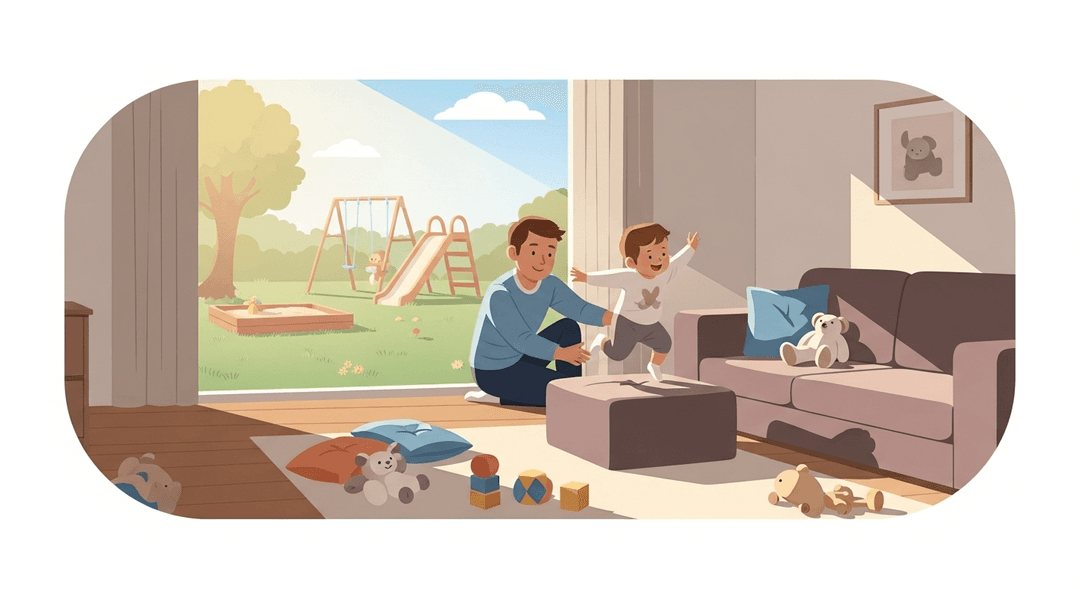Create a Safe Environment for Play, Both Indoors and Outdoors
Ever feel like your living room is auditioning for 'American Ninja Warrior: Toddler Edition'? Or that the backyard is equal parts playground and ER waiting room? If you’re constantly scanning for sharp corners, loose screws, and whatever that mysterious sticky spot is, this one’s for you. Let’s channel our inner safety inspector (minus the clipboard, plus the coffee).
Kids learn best when they feel secure—literally. A safe play environment lets their brains focus on exploring, problem-solving, and building confidence, instead of, say, dodging flying blocks. For parents, peace of mind means less time catastrophizing and more time actually enjoying the giggles (or at least scrolling your phone for five blessed minutes).
How to do it
First, do a ‘crawl test’—get down on your kid’s level and see what they see (bonus points for dramatic flair).
- Stash away choking hazards.
- Cover sharp corners.
- Declare a ‘no-fly zone’ for breakables.
When you’re outside, scan for poisonous plants and make sure the gate is as locked as your phone at bedtime.
Make it a habit to do a quick safety sweep before playtime.
Key Tips:
- Always check from your child’s perspective to spot hidden dangers.
- Don’t underestimate your child’s ability to reach things—if you think, “nah, they’ll never reach that,” they definitely will.
- Regular safety sweeps help catch new hazards before they become a problem.
